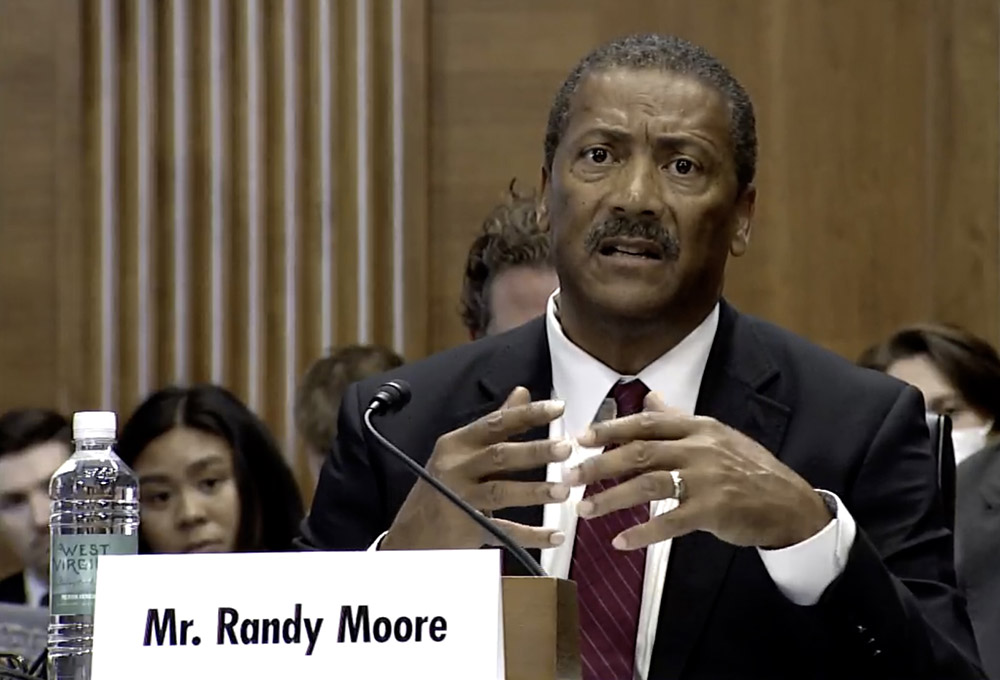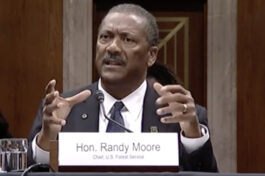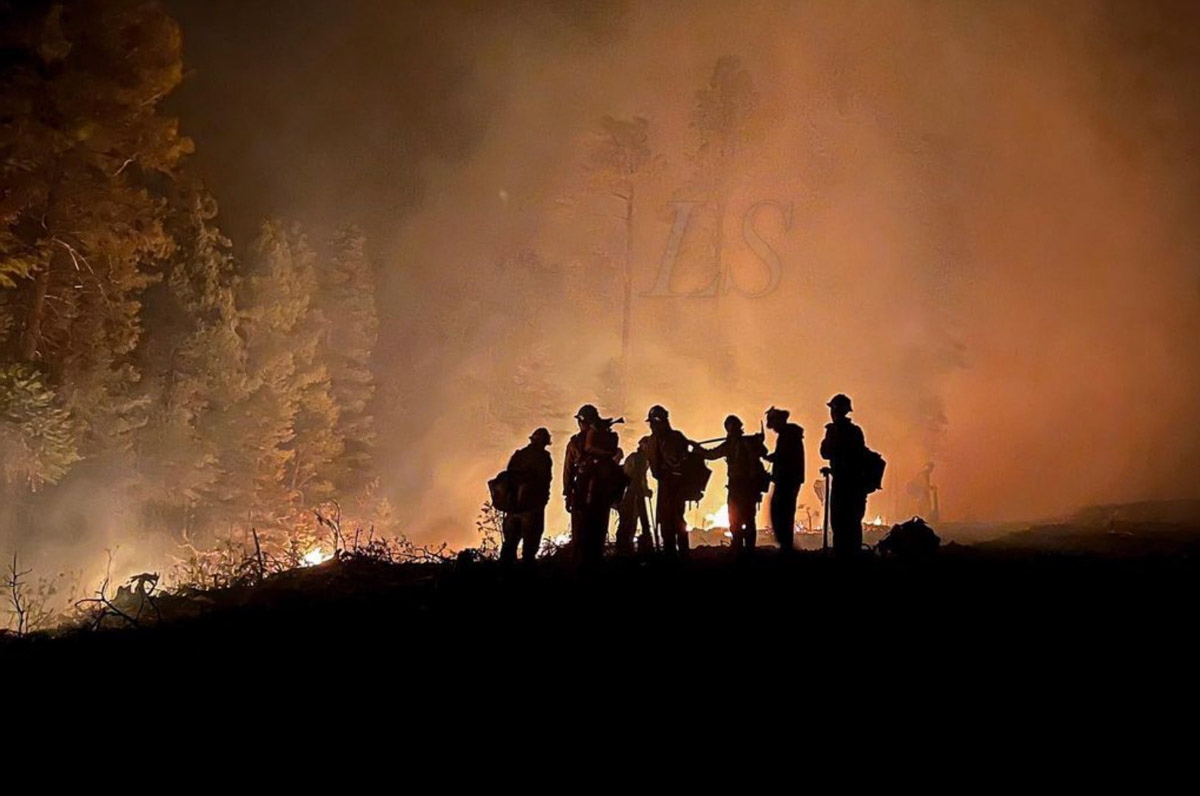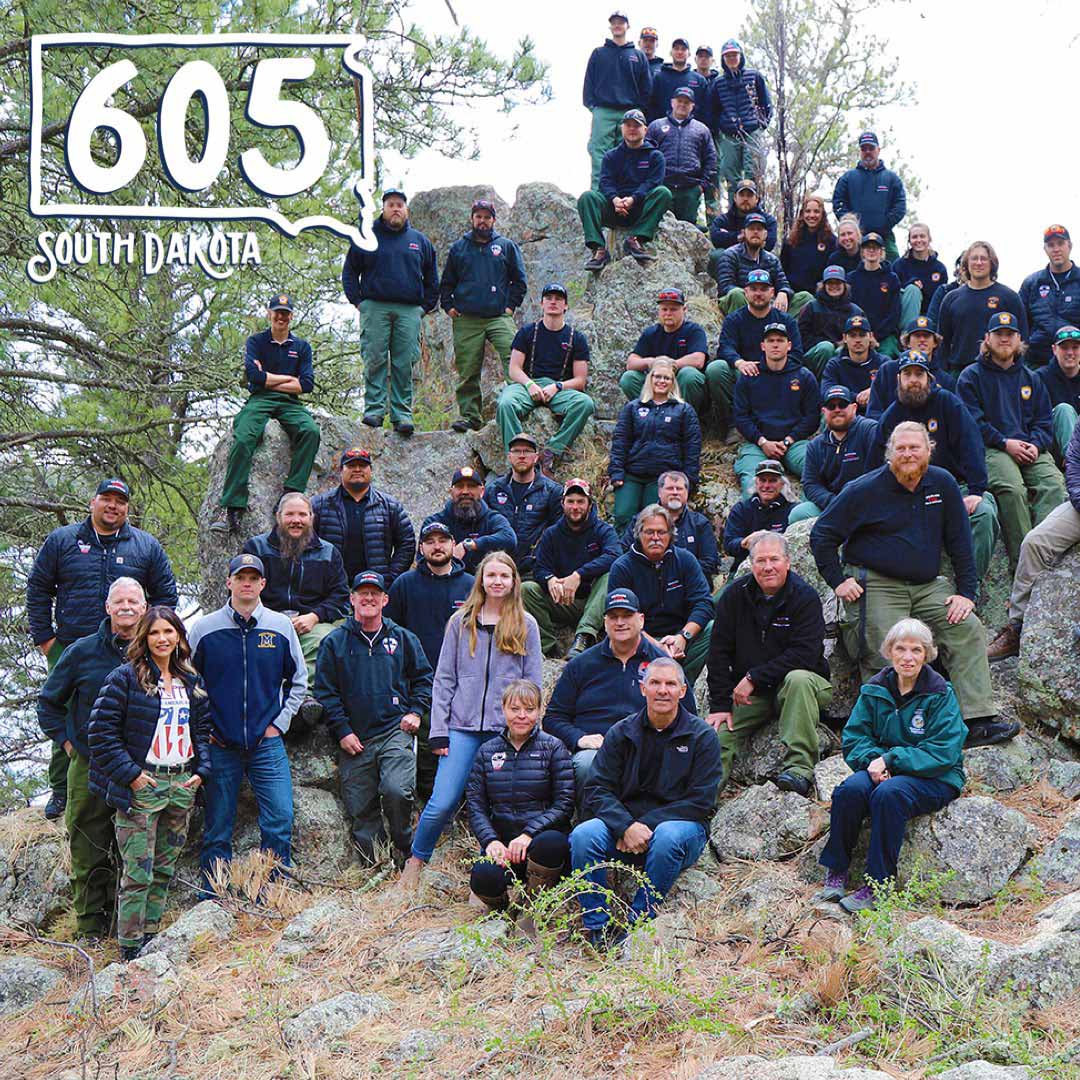Updated at 9:04 EDT June 10, 2022

In Washington today Senators questioned Chief of the US Forest Service Randy Moore about a number of issues during a hearing before the Senate Committee on Energy and Natural Resources. Some the key topics included firefighter pay, fuel treatments, prescribed fire, escaped prescribed fire, hiring and retention, the number of firefighters in the agency, and firefighting aircraft. We’ll touch on some of them here, in the order they appeared in the hearing. An archived video of the entire hearing is available at the Committee’s website. Embedded below are clips created by the Grassroots Wildland Firefighters.
48:29 — Senator Ron Wyden (OR) said, “The shortage of permanent wildland fire positions, if not addressed, is on it’s way to becoming a four-alarmer…What’s the most important response? Better pay, decent benefits for these firefighters so they can pay their rent and buy groceries. That is not the case today according to firefighters talking to me.”

Chief Moore replied, “You know Senator, if I had the ability to set the pay for my firefighters I would certainly do that. I am left with trying to implement direction that is given through legislation…We are going to use every tool in that legislation to pay our firefighters more because they are very deserving of it. It’s dirty, nasty, hard work and they do deserve better pay, they deserve better benefits, they deserve better care in terms of mental and physical health conditions out there.”
48:29 — Senator Wyden got a commitment from the Chief to respond within two weeks to the issues he listed in a June 7, 2022 letter sent to the Secretaries of the Interior and Agriculture about how the funds in the Bipartisan Infrastructure Legislation (BIL) are being allocated and dispersed to the field, strategy for filling vacant positions, how to retain employees, progress on establishing the new Wildland Firefighter job series, and how to reduce the number of unfilled orders fires place for firefighting crews and engines.
1:02:09 — Senator Martin Heinrich (NM) asked questions about the escaped prescribed fires that led to the currently burning Hermits Peak/Calf Canyon Fire.
1:15:50 — Senator Angus King (ME) gave an impassioned plea to implement the pay raises that were signed into law by President Biden eight months ago as part of the BIL.
“Eisenhower retook Europe in 11 months”, Senator King said. “You can’t do a pay raise in seven months? Come on!”
Senator John Barrasso (WY) also called for a pay raise.
1:18:45 — Senator Cortez Masto asked about what may be a temporary pay raise required by the legislation which would increase the salary of wildland firefighters by $20,000, or 50 percent of their base salary, whichever is less. Chief Moore said it will occur in “a couple of weeks”, and later said, “by the end of this month…That’s the goal. That’s what we’re shooting for.” Senator Masto was persistent, seeking facts and clarity, asking follow up questions, and getting details.
1:21:45 — Chief Moore discussed fuel treatments and emphasized that the treated areas must be large in order to effectively slow the spread of a very large fire. As far as accomplishing that, he said, “… Based on the fires we are having now, we do not have enough firefighters to really successfully stop fires the way they are behaving because they are behaving in a catastrophic manner.
1:27:10 — Senator Martin Heinrich (NM) questioned the trend toward closing fire lookout towers staffed by humans, and replacing them with technology. The Chief did not take the bait or respond directly.
1:55:50 — Senator Maria Cantwell threw Chief Moore what could have been a softball question. “Where we are with our [firefighting] air capacity,” she said. “We previously had this discussion with the Forest Service wanting them to have more ready resources. The Forest Service I think at that time didn’t want to be in the fleet management business and said we’d rather contract. How are you viewing those air resources now that we know that we have so many more fire starts…We want to know that we have that early phase retardant or water…How is the Forest Service managing that given the huge increase in fire starts?”
Chief Moore responded: “You may know now that we have access to about 27 VLATS, Very large air tankers, also the large air tankers and so far we are not running across a need for additional tankers in this particular case at this particular time. We also — I don’t know why these decisions were made in the past about the aircraft but we do know that they are expensive to maintain if Forest Service had ownership of them. But you know there are pros and cons about that so I won’t really go into that, I’m not familiar with what went into that many years ago. In terms of our aircraft, we certainly need aircraft to help us with fire suppression. We also know that there are limitations with aircraft as well because aircraft don’t put out fires. It’s boots on the ground is where the fires are really put out.”
His predecessor in April 2021 squandered a softball opportunity to tell the House Appropriations Subcommittee on Interior, Environment, and Related Agencies that the Forest Service needed more funding in two very important inadequately budgeted areas, fuels treatment and aerial firefighting. Today Chief Moore squandered a similar opportunity, giving an incoherent response when basically asked, “Do you have enough firefighting aircraft?”
The facts are, there are 2 Very Large Air Tankers (VLAT) and 16 Large Air Tankers (LAT) on exclusive use (EU) contracts, working for 160 days. To say “We have access to 27” VLATs and/or LATs is intentionally misleading. The Forest Service assumes that the additional tankers on Call When Needed (CWN) contracts that may or may not ever be used, are always available at private companies, with flight crews and mechanics that are available and ready to quickly activate if the phone rings. And, it assumes that those companies are still in business and the very expensive aircraft which may have been idle for months are fully maintained and airworthy.
There are only a total of four VLATs in the Western Hemisphere that could be used on fires in the United States, all DC-10s. Two are on 160-day Forest Service EU contracts and the other two were recently activated on 120-day “surge” contracts. It is also usually possible to activate up to eight military C-130s temporarily converted to air tankers by carrying a Modular Airborne FireFighting System (MAFFS). But after hearing some chatter, we are checking to see if those will be available this year.
Two studies conducted for the Forest Service made recommendations for the number of air tankers that are needed on exclusive use contracts. One said 35 and the other said 41.
2:00:30 — The very last topic covered was what we have called the Holy Grail of wildland firefighting safety; knowing the real time location of the fire and firefighters. Senator Manchin pointed out that “15 months past the deadline in the statute the Forest Service has not equipped firefighters with the safety gear despite the technology having been commercially available on the shelf for many, many years, and despite Congress having appropriated $15 million for this, so maybe you have an explanation for that.”
Chief Moore said “No one believes in this more than I do”, but he said his staff told him it was not funded. The Senator said he understood it was funded. The two sides agreed to get together and figure it out.
The John D. Dingell, Jr. Conservation, Management, and Recreation Act required that by March 12, 2021 the five federal land management agencies “…develop consistent protocols and plans for the use on wildland fires of unmanned aircraft system technologies, including for the development of real-time maps of the location of wildland fires.”
While this technology has been demonstrated, real time mapping appears to be far from being used routinely.
The Dingell Act also mandated that the five federal land management agencies “jointly develop and operate a tracking system to remotely locate the positions of fire resources for use by wildland firefighters, including, at a minimum, any fire resources assigned to Federal type 1 wildland fire incident management teams”, due by the same date.
The US Bureau of Land Management has installed hardware for Location Based Services (LBS) which are now operational on more than 700 wildland fire engines, crew transports, and support vehicles. Vehicle position and utilization data are visually displayed via a web-based portal or mobile device application.
Fifteen months after it was required by Congress the US Forest Service has made very little progress on this mandate.
Whether or not the technology was specifically funded, it should be considered that the lack of situational awareness had led to dozens of fatalities on wildland fires and must be addressed.
We asked Kelly Martin, President of Grassroots Wildland Firefighters, for their impression of today’s hearing:
Federal Wildland Firefighter Pay has been a priority for our elected officials since the BIL was passed last October. We are still waiting. We are hopeful this increase in pay will be delivered to firefighters in the next two weeks.
The article was updated to include the question and answer about the requirement for the five federal land management agencies to provide technology for the real time location of the fire and firefighters.






